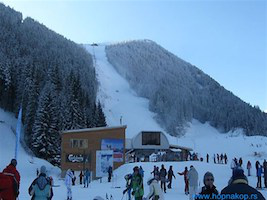Speaker
Description
With the most recent advances in cosmic-ray physics, from both theoretical and experimental aspects, particles beyond the GZK cut-off (E > 10^20 eV) have been detected by leading collaborations such as Pierre Auger Observatory and Telescope Array. Such observations raise many questions as to how such tremendous energies can be reached and what source can possibly produce them. Although at lower energies, bottom-up mechanisms such as Fermi acceleration in supernovae front shocks seem to be favoured, a number of top-down scenarios have been proposed to explain the existence of ultra-high energy cosmic-rays: the decay of super-massive long-lived particles produced in the early Universe may yield to a flux of ultra-high energy photons. Such photons might be presently interacting with (extra)galactic radiation and generate so called super-preshowers, an extended cosmic-ray shower with a spatial distribution that can be as wide as the Earth diameter and have a very peculiar signature. The Cosmic Ray Extremely Distributed Observatory (CREDO) mission is to find such events by means of a large network of detectors spread around the globe. Since the cost and feasibility of developing a new network might be beyond our reach, CREDO's strategy is to connect existing detectors and create a worldwide network of cosmic-ray observatories. Moreover, the educational potential of CREDO goes well beyond the scientific community: citizen-science constitutes an important pillar of our strategy. By helping our algorithms to recognize detection patterns and by using smartphones as individual cosmic-ray detectors, non-scientists can actively participate in scientific discoveries and unravel some of the deepest mysteries in physics. From space weather to earthquake prediction, the diversity of applications is one of the key aspect of CREDO's mission.
